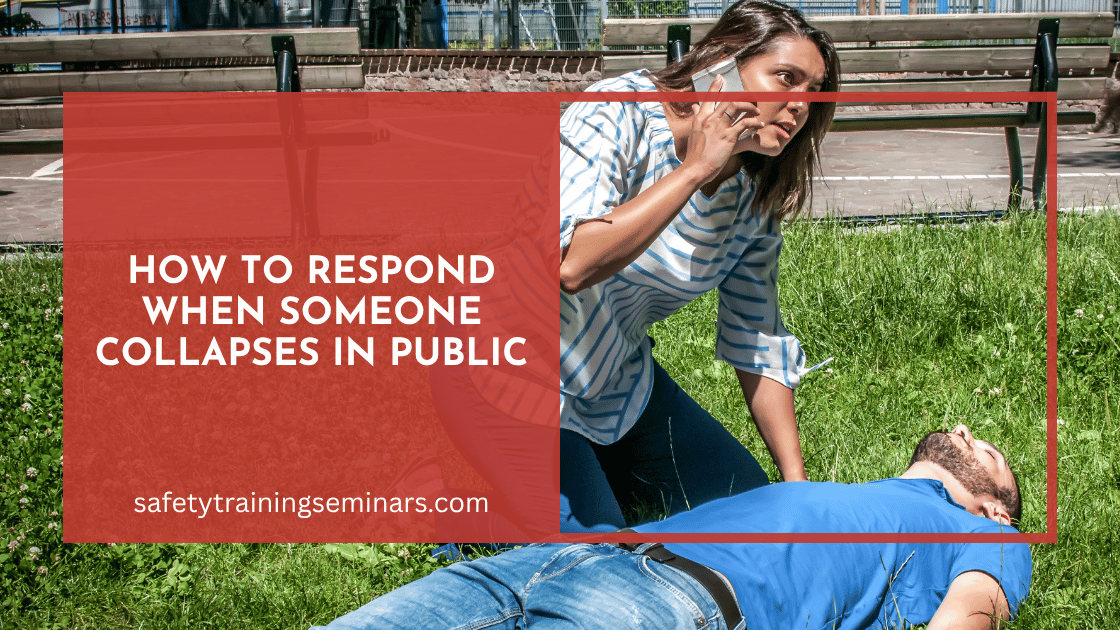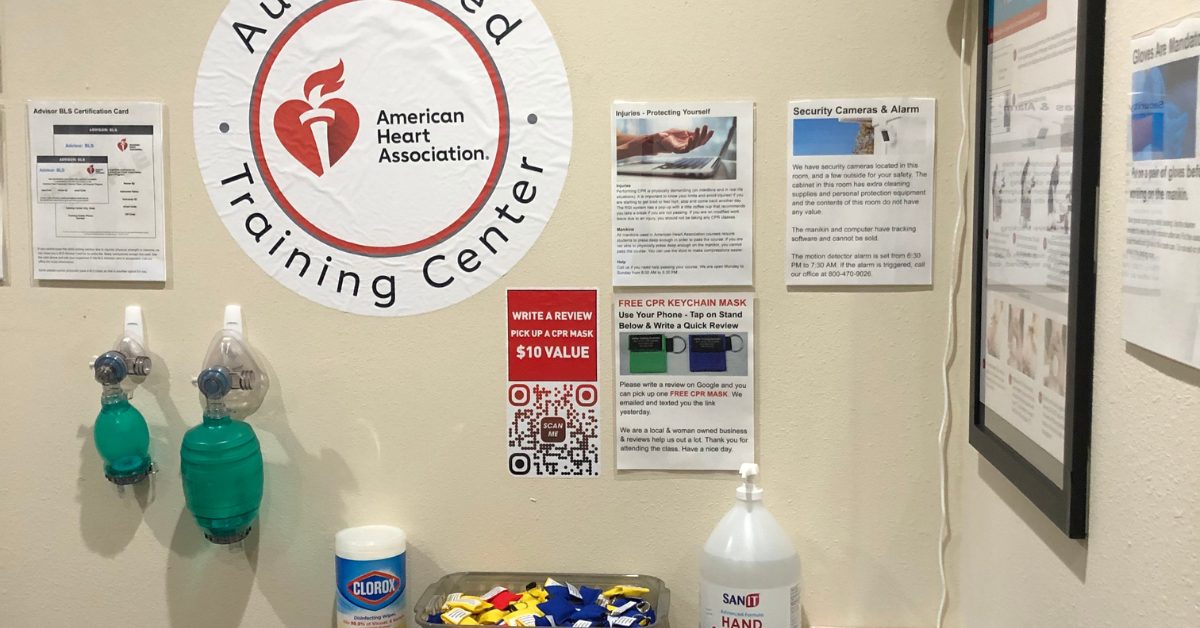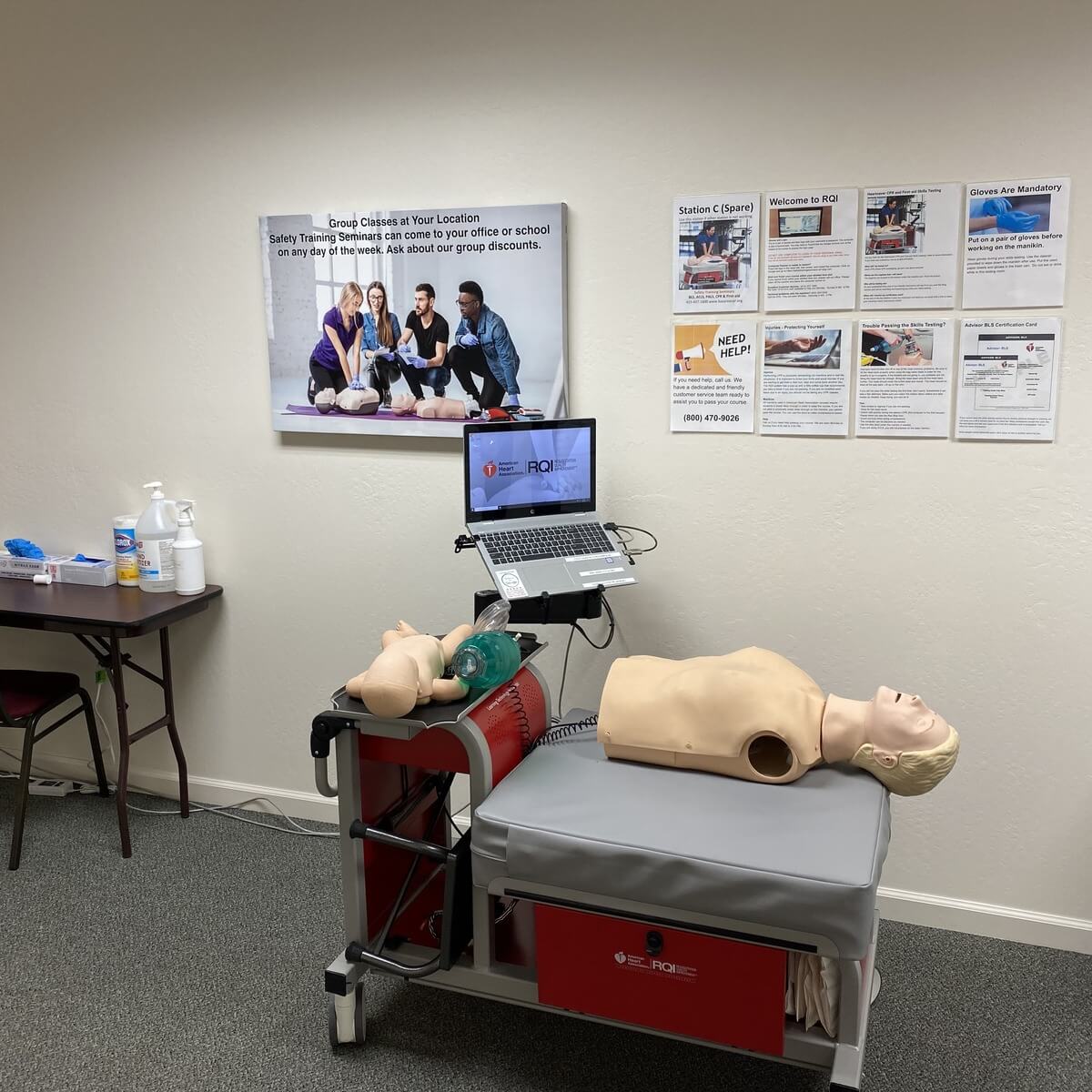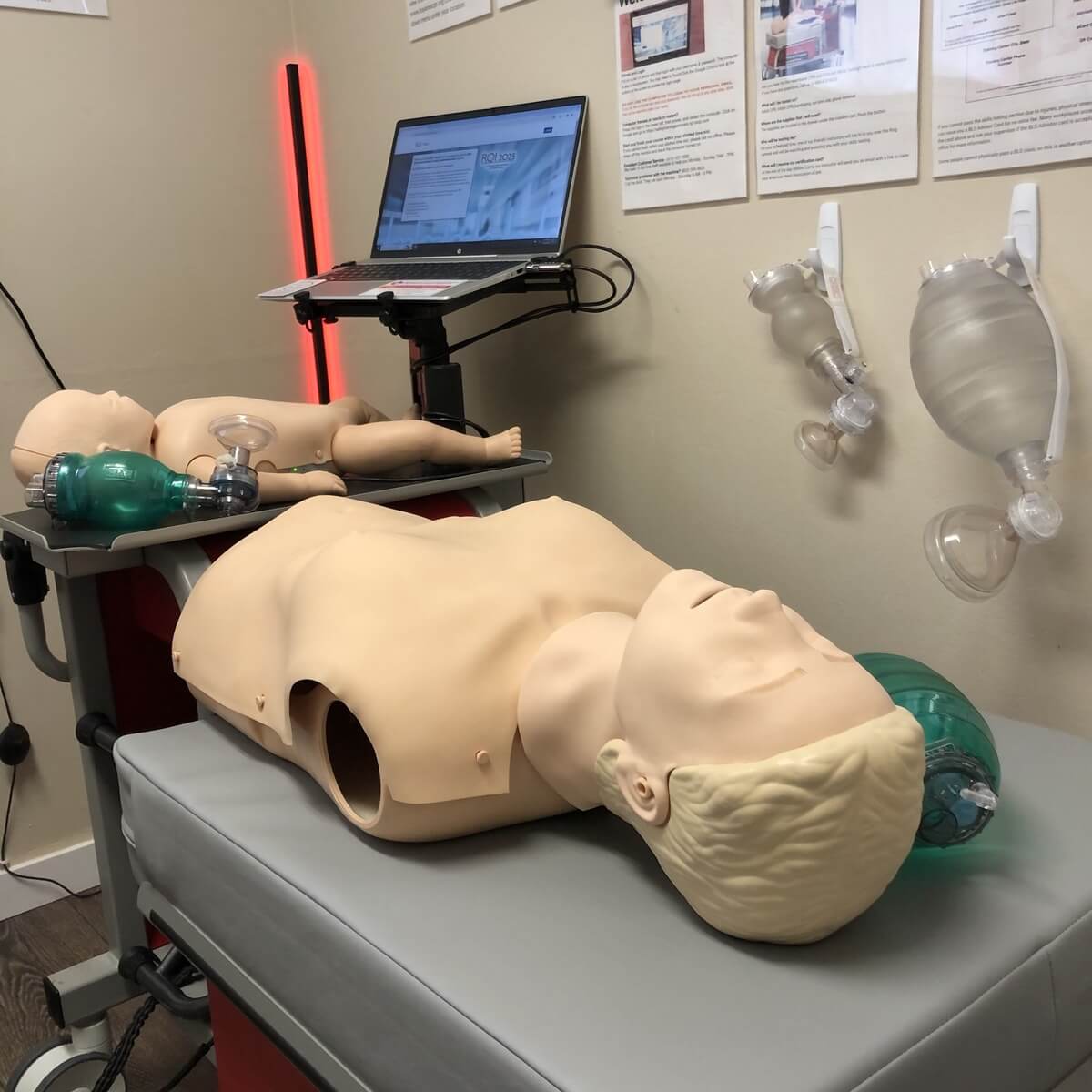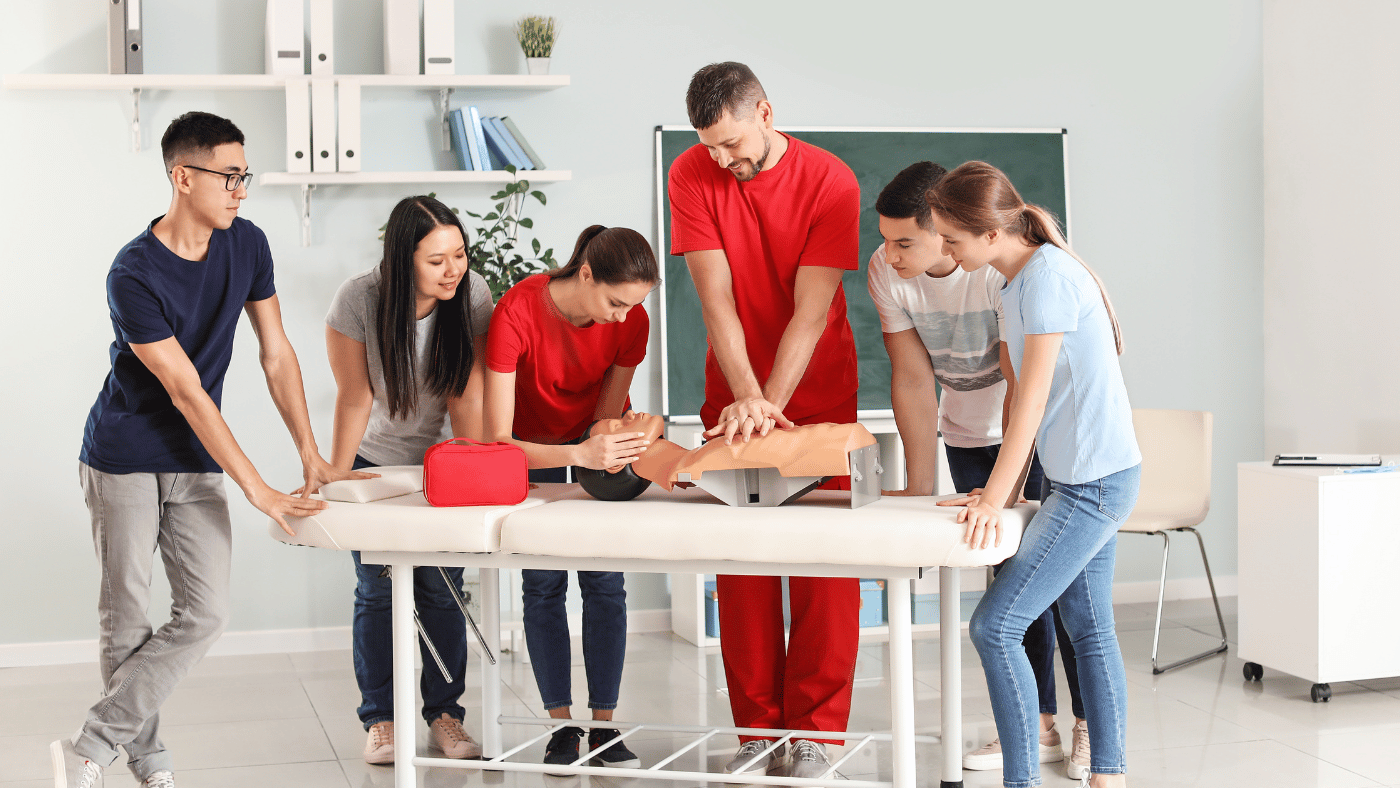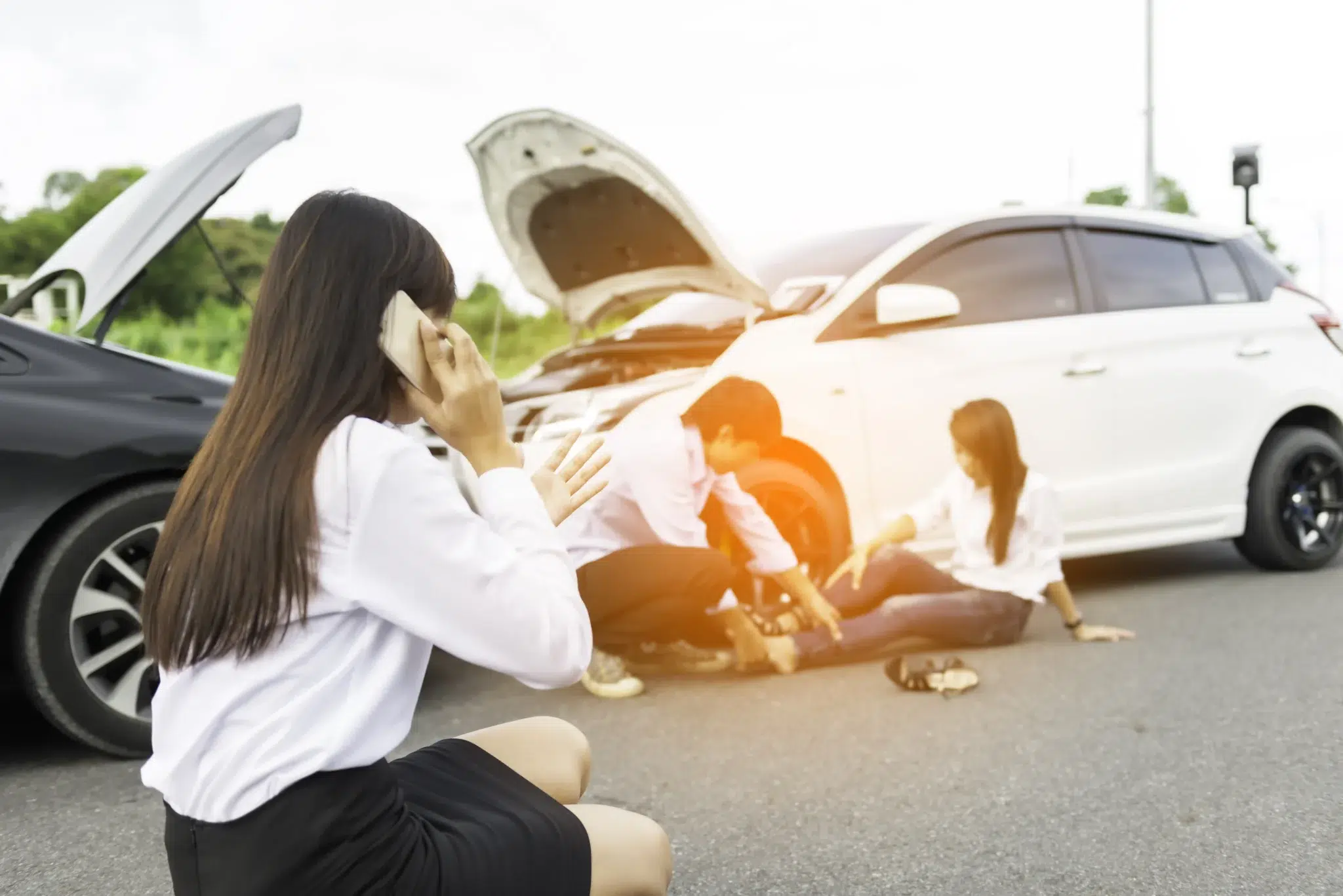When someone collapses in front of you, your response in the first few minutes can mean the difference between life and death. Cardiac arrest kills over 350,000 Americans each year, but immediate CPR can double or triple survival rates. Most people freeze when faced with this emergency, but you don’t have to be one of them.
This guide will walk you through exactly what to do when someone collapses in public. You’ll learn how to assess the situation, call for help, and perform life-saving techniques that could save someone’s life. By the end, you’ll have the confidence to act when seconds count.
The reality is simple: bystanders who know basic emergency response save lives. Let’s make sure you’re prepared to be that person.
Assess the Scene and the Person
Your first instinct might be to rush toward the collapsed person, but stop. Take three seconds to scan the area for dangers. Look for electrical wires, traffic, fire, or structural damage. If the scene isn’t safe, you can’t help anyone.
Once you’ve confirmed the area is secure, approach the person quickly but calmly. Check for responsiveness by tapping their shoulders firmly and shouting “Are you okay?” Speak loudly and clearly. If they don’t respond, tap harder and shout again.
Look for signs of normal breathing. Watch their chest for 10 seconds. Normal breathing means their chest rises and falls regularly. Gasping, irregular breathing, or no breathing at all signals a medical emergency. Don’t waste time checking for a pulse—this skill requires training and delays critical care.
Position yourself beside the person’s chest. If they’re lying face-down, you’ll need to roll them onto their back on a firm surface. Support their head and neck as you turn them. Clear their airway by tilting their head back slightly and lifting their chin.
Call for Emergency Help Immediately
Time matters more than anything else when someone collapses. Brain damage begins within 4-6 minutes without oxygen. Don’t hesitate to call 911 right away.
If other people are nearby, point to a specific person and say “You—call 911 now.” Give them clear instructions: “Tell them someone has collapsed and isn’t breathing normally. Give them our exact location.” This direct approach prevents the bystander effect, where everyone assumes someone else will help.
When you’re alone, put your phone on speaker and place it beside you. This lets you talk to the 911 dispatcher while performing CPR. The dispatcher can guide you through the steps and tell you when paramedics are close.
Ask someone to find an AED (Automated External Defibrillator). These devices are in many public buildings, including schools, gyms, airports, and shopping centers. They’re usually in red or yellow cases with clear AED signs. Every minute of delay reduces survival chances by 10%, so finding an AED quickly is crucial.
Start Chest Compressions Right Away
If the person isn’t breathing normally and doesn’t respond, start chest compressions immediately. Don’t wait for paramedics—they need you to keep blood flowing to the brain and heart.
Place the heel of one hand on the center of their chest, between the nipples. Put your other hand on top, interlacing your fingers. Keep your arms straight and shoulders directly over your hands.
Push hard and fast. Compress the chest at least 2 inches deep for adults. Let the chest come back up completely between compressions, but don’t remove your hands. Aim for 100-120 compressions per minute. Think of the beat of “Stayin’ Alive” by the Bee Gees—it’s the perfect rhythm.
Count out loud: “1, 2, 3, 4, 5…” This helps you maintain the right pace and lets others know you’re performing CPR correctly. Don’t stop compressions unless the person starts breathing normally, paramedics arrive, or you become too exhausted to continue.
Chest compressions are exhausting. If someone else knows CPR, switch every 2 minutes to maintain quality compressions. The changeover should take less than 5 seconds.
Use an AED if Available
AEDs save lives by delivering electric shocks to restore normal heart rhythms. These machines are designed for untrained bystanders—they give you step-by-step voice instructions.
Turn on the AED as soon as it arrives. The machine will tell you exactly what to do. Remove the person’s shirt and any jewelry from their chest. If their chest is wet, dry it quickly with clothing or towels. The AED pads need dry skin to work properly.
Place the pads exactly as shown in the pictures on each pad. One pad goes on the upper right chest, the other on the lower left side. Press the pads down firmly so they stick completely to the skin.
The AED will analyze the heart rhythm automatically. During this time, make sure nobody touches the person. When the machine says “analyzing,” everyone must stand clear. If the AED advises a shock, make sure nobody is touching the person and press the shock button.
After the shock, immediately restart chest compressions. The AED will tell you when to stop for another analysis, usually after 2 minutes. Continue this cycle until paramedics arrive.
Provide Rescue Breaths (If Trained)
Traditional CPR includes rescue breaths, but hands-only CPR works just as well for untrained bystanders. If you’re certified in CPR and comfortable giving rescue breaths, here’s how to do it correctly.
After 30 chest compressions, tilt the person’s head back and lift their chin. Pinch their nose closed with your thumb and index finger. Cover their mouth with your mouth, creating a seal. Give 2 breaths, each lasting 1 second. Watch for the chest to rise with each breath.
If the chest doesn’t rise, reposition the head and try again. Don’t give more than 2 breaths before returning to chest compressions. The ratio is always 30 compressions to 2 breaths.
However, if you’re not trained or feel uncomfortable with mouth-to-mouth, stick with continuous chest compressions. Hands-only CPR is still effective and better than doing nothing. Many emergency situations involve strangers, and hands-only CPR eliminates concerns about disease transmission.
Special Situations and Considerations
Some collapse situations require different approaches. If someone collapses after choking, check their mouth for visible objects before starting CPR. Use your fingers to sweep out anything you can see, but don’t blindly stick your fingers in their mouth.
Pregnant women who collapse should be positioned slightly on their left side if possible. This prevents the baby from pressing on major blood vessels. If you must perform CPR, place your hands slightly higher on the chest than normal.
For elderly people, be aware that ribs may break during chest compressions. This is normal and not a reason to stop. Broken ribs heal, but the brain doesn’t recover from lack of oxygen.
If the person vomits during CPR, turn their head to the side and clear their mouth quickly. Roll them back and continue compressions immediately. Don’t spend more than a few seconds clearing the airway.
Cold water drowning victims may respond to CPR even after being underwater for extended periods. Continue CPR until paramedics arrive and make the decision to stop.
What Not to Do During an Emergency
Common mistakes can reduce the effectiveness of your help or even cause harm. Never move someone unless they’re in immediate danger. Spinal injuries are possible, and unnecessary movement can cause permanent paralysis.
Don’t give food or water to someone who’s semiconscious. They could choke or aspirate fluids into their lungs. Even if they ask for water, wait until paramedics evaluate them.
Avoid slapping or shaking someone vigorously to wake them up. This doesn’t help and could worsen injuries. Gentle tapping and loud verbal commands are sufficient to check responsiveness.
Don’t stop CPR to check for breathing or pulse unless the person shows obvious signs of life, like normal breathing, coughing, or movement. Checking for pulse wastes precious time and requires training to do accurately.
Never leave someone alone after they’ve collapsed, even if they seem to recover. They could collapse again, and you might be their only help until paramedics arrive.
After the Emergency: What Happens Next
When paramedics arrive, give them a quick summary of what happened. Tell them how long the person was unconscious, what you did, and any changes you noticed. Step back and let the professionals take over.
Don’t be surprised if you feel shaky or emotional afterward. Responding to medical emergencies is stressful, even when you do everything right. These feelings are normal and usually fade within a few hours or days.
If you performed CPR on a stranger, you might wonder about their outcome. Patient privacy laws prevent hospitals from sharing information with bystanders, but know that your quick action gave them the best possible chance of survival.
Consider the legal aspects too. Good Samaritan laws protect people who help in emergencies. These laws vary by state, but they generally protect you from lawsuits when you provide reasonable emergency care.
Why Proper Training Makes the Difference
Reading about emergency response helps, but hands-on training makes you truly prepared. CPR certification courses teach you to perform chest compressions with the right depth and speed. You’ll practice on mannequins and learn to use AEDs confidently.
The American Heart Association offers several certification levels. Basic Life Support (BLS) is designed for healthcare providers and includes advanced techniques. Heartsaver CPR courses are perfect for the general public and focus on essential skills.
Training also covers rescue breathing techniques, infant CPR, and choking response. You’ll learn to recognize different types of medical emergencies and respond appropriately to each one.
Most certification courses take just a few hours and remain valid for two years. Many employers require CPR certification, and some offer training on-site. Community centers, fire departments, and training organizations like Safety Training Seminars provide regular classes.
Frequently Asked Questions
Can I hurt someone by doing CPR wrong?
Chest compressions might break ribs, but this risk is far outweighed by the benefit of keeping blood flowing to vital organs. Broken ribs heal; brain damage from lack of oxygen is permanent.
What if I’m not certified in CPR?
Hands-only CPR is still better than no CPR. Press hard and fast in the center of the chest, and let 911 dispatchers guide you. They’re trained to walk untrained bystanders through emergency procedures.
How do I know if someone really needs CPR?
If someone collapses and doesn’t respond to shouting and tapping, and they’re not breathing normally, start CPR. Don’t waste time trying to find a pulse or checking for other signs.
Should I move someone who collapsed?
Only move them if they’re in immediate danger, like in traffic or near fire. Otherwise, leave them where they are and work around any obstacles.
What if they wake up during CPR?
If they start breathing normally, talking, or moving purposefully, you can stop CPR. Stay with them until paramedics arrive, as they might lose consciousness again.
Are there legal risks to helping someone?
Good Samaritan laws protect people who provide reasonable emergency care. These laws encourage bystanders to help without fear of lawsuits.
Your Next Steps: Get Prepared Today
The best time to learn emergency response is before you need it. Don’t wait until you’re faced with someone’s life in your hands. Take action now to prepare yourself.
Look for CPR certification classes in your area. Safety Training Seminars offers American Heart Association courses throughout California, with same-day certification and convenient scheduling. Their courses combine online learning with hands-on practice, giving you confidence to act in real emergencies.
Start with basic CPR and AED training. These skills apply to most collapse situations you’ll encounter. If you work with children, consider pediatric CPR certification as well.
Talk to your family about emergency response. Make sure everyone knows how to call 911 and provide clear location information. Practice basic techniques so you’re all prepared to help.
Remember, you don’t need to be perfect to save a life. You just need to act. Your willingness to help when someone collapses could mean everything to them and their family. Get trained, stay prepared, and be ready to make a difference when it matters most.


